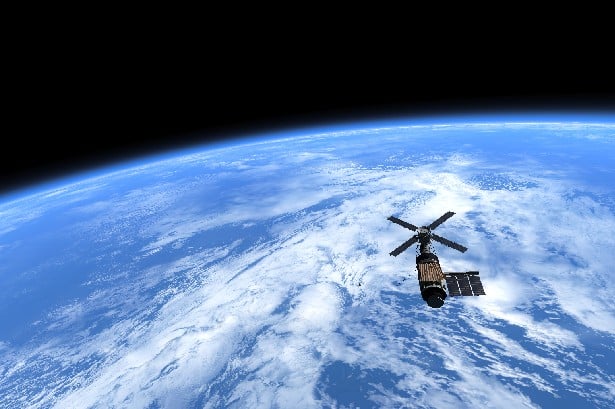This Day, That Year – May 14
Sun 14 May 2023
This day in history we feature the Skylab. The United States’ first space station, launched by NASA on this day in 1973.
Trivia – Skylab
Skylab was occupied for about 24 weeks between May 1973 and February 1974. It was operated by three separate three-astronaut crews: Skylab 2, Skylab 3, and Skylab 4. Major operations included an orbital workshop, a solar observatory, Earth observation, and hundreds of experiments. Unable to be re-boosted by the Space Shuttle, which was not ready until 1981, Skylab’s orbit eventually decayed, and it disintegrated in the atmosphere on July 11, 1979, scattering debris across the Indian Ocean and Western Australia.
Related read – NASA’s Hubble captures unusual galaxy mergers in the ancient universe
As of 2023, Skylab was the only space station operated exclusively by the United States. A permanent station was planned starting in 1988, but its funding was canceled and U.S. participation shifted to the International Space Station in 1993. Skylab had a mass of 199,750 pounds (90,610 kg) with a 31,000-pound (14,000 kg) Apollo command and service module (CSM) attached[4] and included a workshop, a solar observatory, and several hundred life science and physical science experiments. It was launched uncrewed into low Earth orbit by a Saturn V rocket modified to be similar to the Saturn INT-21, with the S-IVB third stage not available for propulsion because the orbital workshop was built out of it. This was the final flight for the rocket more commonly known for carrying the crewed Apollo Moon landing missions. Three subsequent missions delivered three-astronaut crews in the Apollo CSM launched by the smaller Saturn IB rocket. Skylab included the Apollo Telescope Mount (a multi-spectral solar observatory), a multiple docking adapter with two docking ports, an airlock module with extravehicular activity (EVA) hatches, and the orbital workshop, the main habitable space inside Skylab. Electrical power came from solar arrays and fuel cells in the docked Apollo CSM. The rear of the station included a large waste tank, propellant tanks for maneuvering jets, and a heat radiator. Astronauts conducted numerous experiments aboard Skylab during its operational life.
Source – Wikipedia

 Apr 29 2024
Apr 29 2024













